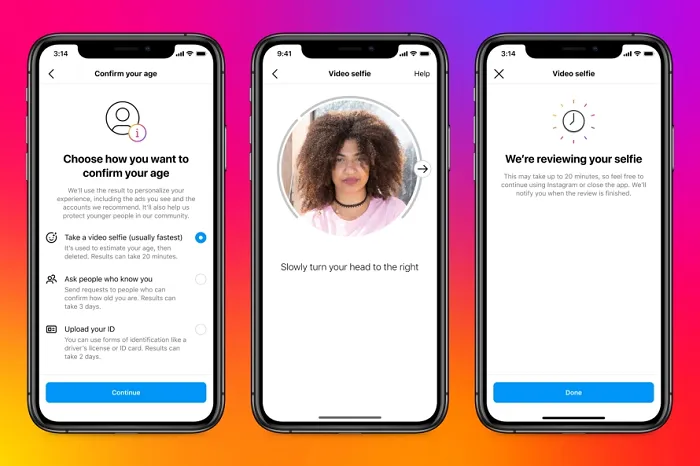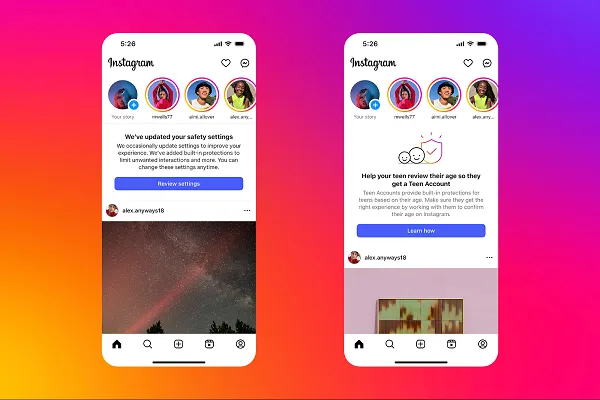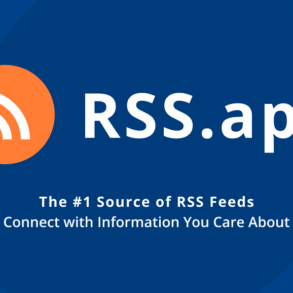Instagram’s expanding its AI age-checking process, in order to ensure more teens are using its various safety measures and systems, while it’s also rolling out new notifications for parents to help ensure their teens are aware of online risks.
Which, given the rising discussion of increased social media age limits, could end up being an important push from the app.
First off, on AI age testing. Over the past couple of years, Instagram has been gradually advancing its age-checking systems, with new processes that can detect signals which could indicate that a young user has lied about their age.
It’s now expanding this, with improved AI systems that can factor in more elements, in order to better assess the age of an account user.
So how does Meta’s system calculate this?
In its initial overview of its AI age-checking process, Meta explained that:
“To develop our adult classifier, we first train an AI model on signals such as profile information, like when a person’s account was created and interactions with other profiles and content. For example, people in the same age group tend to interact similarly with certain types of content. From those signals, the model learns to make calculations about whether someone is an adult or a teen.”
So it’s using engagement trend analysis in order to uncover teens who are lying about their age, which presumably includes not only direct signal (likes, shares, DMs), but also watch time, profiles the account follows, etc.
Meta’s systems are also trained on location-specific data to ensure it’s factoring in local trends.

That should, theoretically at least, be a good indicator, and AI should also excel at this. Because it’s pattern recognition, and the current range of AI tools that we have are not “intelligent” as such, they’re not thinking for themselves. They identify patterns in how things interact, based on billions of parameters built into their models, and from that, they can put together the puzzle pieces for varying purpose.
Which is exactly what Meta’s asking of them in this process.
As such, I do think this could be an effective way to determine user ages, and catch out teens who are lying about their age, and it’ll be interesting to see what results Meta sees from this expanded rollout.
Because if Meta can’t work this out, then it does seem like more teens could soon be forced out of its experiences.
Various regulatory and government groups are now considering expanded restrictions on social media apps, with Australia, Denmark, the U.S., and the U.K. all weighing the merits of potential age limits for social media access. Which makes this effort even more pressing, because the next step, as noted, will see more teens forced out of Meta’s apps, or will see Meta fined for allowing them in.
Expanded AI age verification, then, could be a bigger concern for the company than it may seem.
Instagram’s also experimenting with age-checking via video selfies, in collaboration with Yoti, which is now available in some regions.

Though at the same time IG also reiterates Meta’s stance that age-checking should be done at the app store level:
“Understanding the age of people online is an industry-wide challenge. We’ll continue our efforts to help ensure teens are placed in age-appropriate online experiences, like Teen Accounts, but the most effective way to understand age is by obtaining parental approval and verifying age on the app store.”
Meta’s been pushing this case for some time, and may now be gaining traction with U.S. regulators on this front. Apple, meanwhile, has changed its app age categories as part of a broader effort to improve its app qualification systems, but it’s resisting moves to become the enforcer of age limits.
On another front, Instagram will also begin prompting parents with new alerts about teen safety features, and how they can discuss online safety with their kids.

That’ll help to keep this element front of mind for parents, and ideally ensure that they’re checking in with their kids regularly.
It’s the latest effort to get more teens using IG’s age-appropriate experiences, via its teen account feature, which it rolled out last year.
And Instagram says that the program, thus far, has been a success:
“We’ve enrolled at least 54 million teens into Teen Accounts globally so far, with 97% of teens ages 13-15 electing to remain in these protections, and we recently expanded the Teen Account experience to Facebook and Messenger. Parents and teens alike are telling us that they are happy with this new, reimagined experience. And although over 90% of parents surveyed say the new Teen Account protections are helpful in supporting their teens on Instagram, we’re continuing to listen to parents who are concerned about how overwhelming the internet can be when it comes to making sure teens have age-appropriate experiences.”
And as noted, with potential restrictions and fines incoming, Meta’s definitely going to make this a focus, and these new measures should improve its systems even further.
You can read more about Meta’s latest teen safety features here.
This post was originally published on this site be sure to check out more of their content







